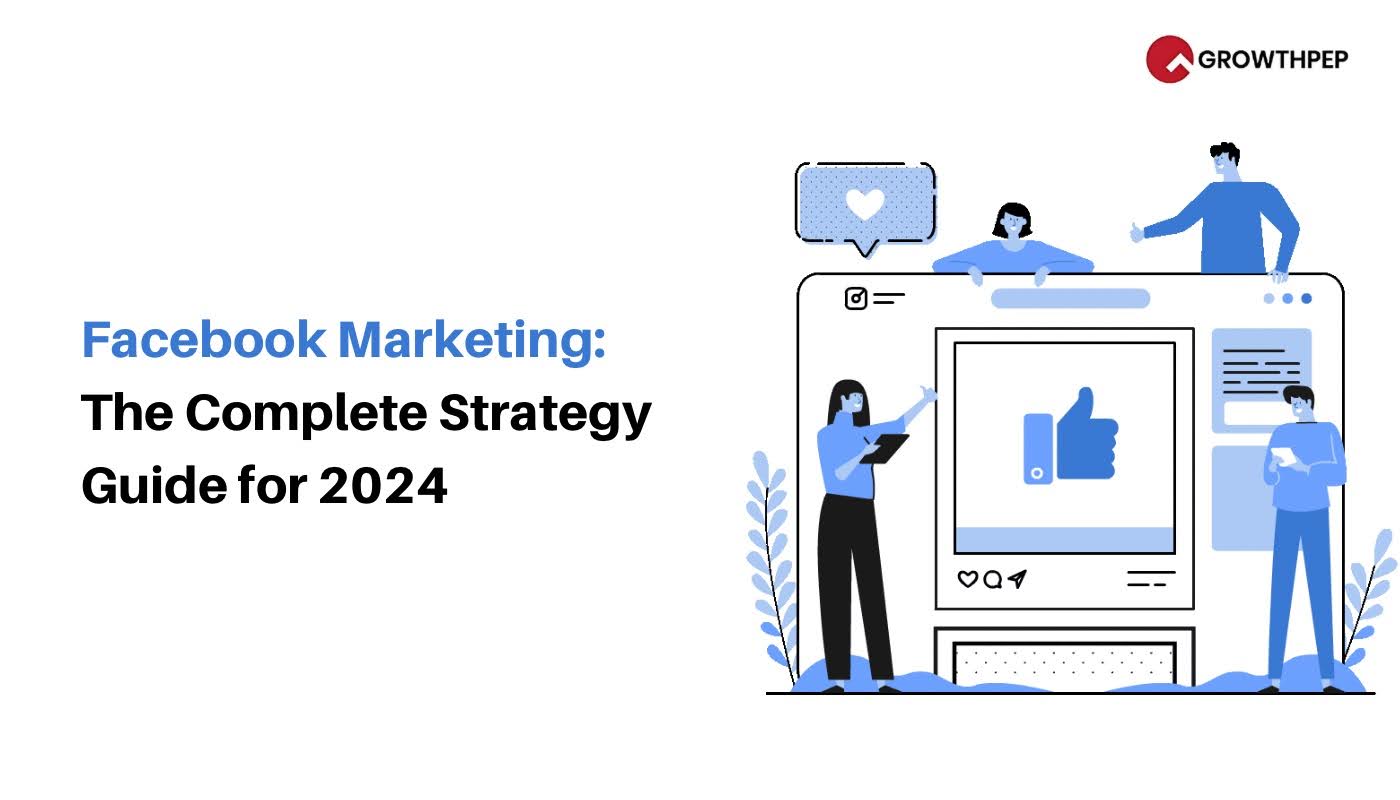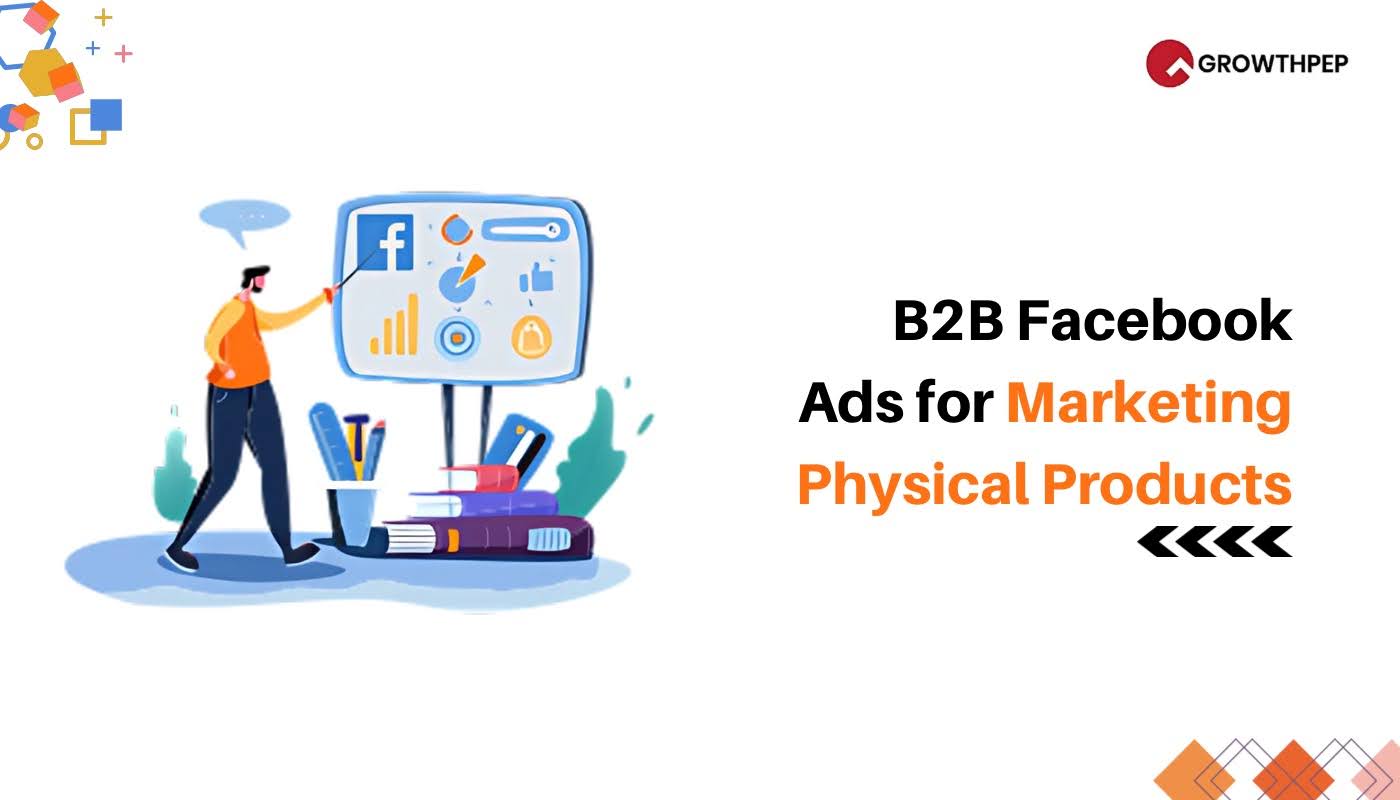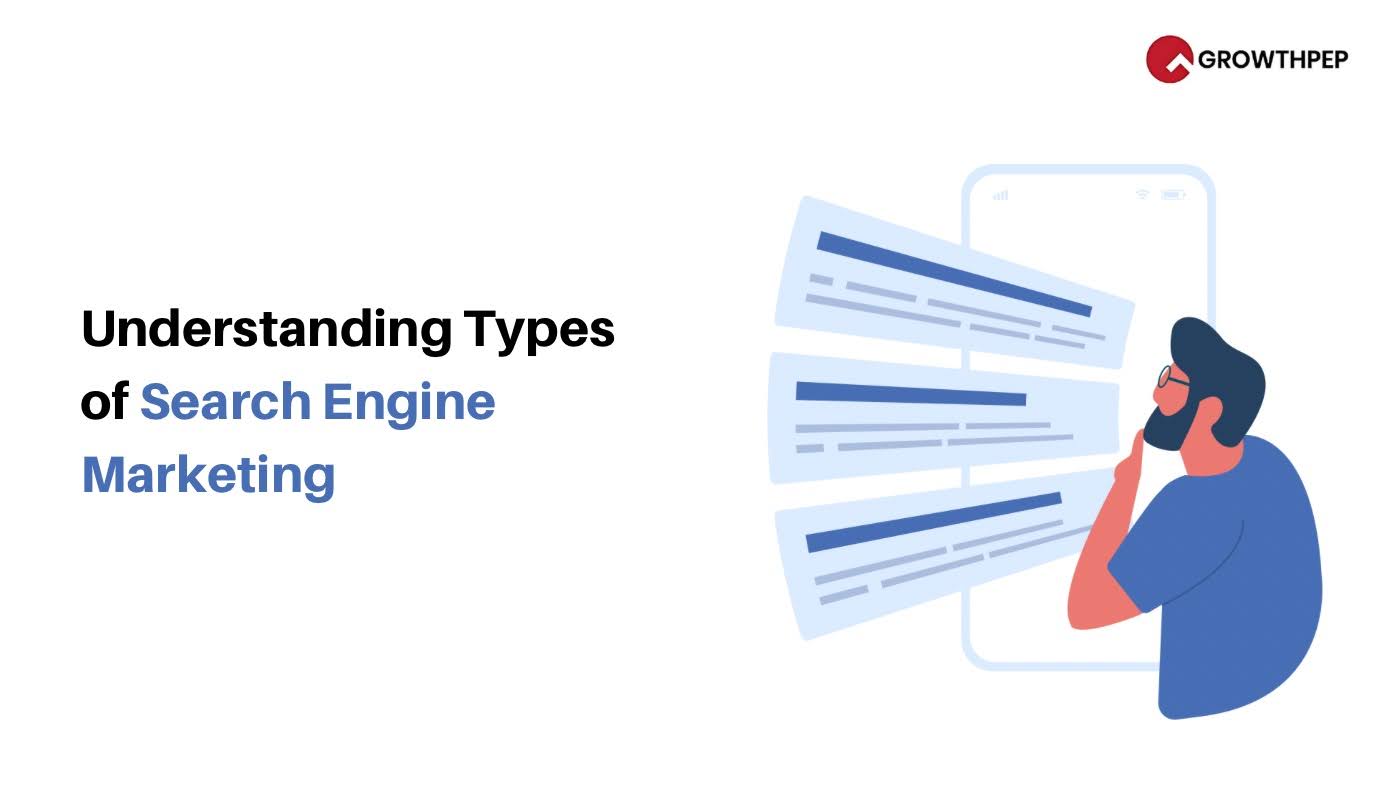What is a Conversion Rate and How to Calculate It
Are your website visitors committing to you more than they’re committing to binging cat videos?
A conversion rate is a crucial metric in digital marketing, providing insight into how effectively your website, landing page, or campaign drives user actions. Whether you’re aiming for sales, sign-ups, or clicks, understanding conversion rates helps founders like you measure the success of your marketing strategies.
In essence, the conversion rate reflects the percentage of visitors who complete a desired action, such as purchasing or filling out a form. This metric allows marketers to optimise campaigns, allocate resources effectively, and improve overall performance. A reasonable conversion rate falls between 2% and 5% across all industries.
In this blog, we’ll delve into conversion rates, the different types you should track, the factors that influence them, and, most importantly, how to calculate and improve them. With a clear understanding of conversion rates, you’ll be better equipped to assess the effectiveness of your digital strategies and boost your business’s success.
Definition and Importance of Conversion Rate
The conversion rate is one of the most critical performance metrics. It helps founders like you to understand how effectively your website, landing page, or marketing campaign drives user engagement and actions.
Basically, a conversion rate is the percentage of users who complete a desired action out of the total number of visitors or interactions. They are calculated by taking the number of conversions and dividing it by the total number of ad interactions that led to a conversion in the same time period. For example, if you had 50 conversions from 1,000 interactions, your conversion rate would be 5% (50 ÷ 1,000 = 5%).
In e-commerce, a conversion may be when a visitor purchases. In lead generation, a conversion might be when a user fills out a contact form. Conversion rates give you a clear picture of the effectiveness of your campaigns by revealing how well they’re turning traffic into measurable results.
Now that we’ve covered the basics, let’s discuss why conversion rates can make or break your marketing strategy.
Why Conversion Rates Matter
Conversion rates serve as a critical indicator of marketing success. Whether the goal is boosting sales, increasing sign-ups, or engaging more users with content, tracking conversion rates helps you assess how well your objectives are being met. A low conversion rate can indicate friction in the user journey, a poor website design, or an ineffective marketing message, signalling that improvements need to be made.
Conversion rate metrics also offer insights into campaigns’ return on investment (ROI). A higher conversion rate means a more efficient campaign, as it demonstrates that a more significant portion of traffic is performing desired actions, like making purchases or submitting inquiries.
Let’s also understand the direct relationship between conversion rate and ROI.
Conversion rate and ROI
A strong conversion rate indicates a healthy return on investment (ROI).
For example, if you invest $2,000 per month in content that typically attracts 20,000 readers and generates 500 click-throughs, your conversion rate stands at 2.5%. This means you are effectively spending $4 for each conversion.
However, if you manage to increase click-throughs to 800 the following month while maintaining the same $2,000 budget, your conversion rate rises to 4%. Consequently, the cost per conversion drops to $2.50, improving your financial position by generating more revenue without increasing your expenditure.
Conversely, a decline in your conversion rate would result in a lower ROI, as each conversion would become more costly. If this occurs, it may indicate the need to reevaluate and adjust your marketing strategy.
Now that we understand why conversion rates are critical and crucial conversion rate and ROI are, let’s examine the different types you should monitor.
Also Read: Guide to Generating Leads With Facebook Ads
What are the Different Types of Conversion Rates
Conversion rates come in several forms, depending on the type of business, marketing channel, and customer action you’re focusing on. Here’s a closer look at the different conversion rates companies commonly use.
1. General Conversion Rates
These broad-based conversion rates measure any action a user completes, whether it’s filling out a form, downloading a resource, or signing up for a webinar. These rates help you determine the general effectiveness of your marketing efforts in terms of user engagement and action completion.
For example, if your goal is to collect email subscribers, you’ll track how many website visitors subscribe to your newsletter after visiting your landing page. General conversion rates are vital for B2B and service-based businesses that generate leads.
2. E-commerce Conversion Rates
For online stores, conversion rates often focus on sales transactions or related actions, such as adding items to the cart or proceeding to checkout. Common e-commerce conversion rate types include:
- Add-to-cart conversion rates: Measures the percentage of users who add items to their shopping carts out of the total visitors.
- Purchase conversion rates: Tracks the number of completed purchases compared to total visits.
For example, an online store with 10,000 visitors and 500 sales has a purchase conversion rate of 5%. These rates are significant in measuring the effectiveness of product pages, pricing strategies, and checkout processes.
3. Social Media Conversion Rates
Conversion rates on social media platforms track users’ actions, such as clicking a link, signing up for a newsletter, or messaging a business. These rates can help gauge the effectiveness of campaigns in driving traffic and generating leads. Businesses investing heavily in social media marketing must understand which platforms deliver the best results.
For instance, a business running a paid social campaign on Instagram may examine the number of users who clicked on the “Shop Now” button, completed a purchase, or signed up for a product demo.
For businesses keen to maximise their reach and influence on social platforms, a strategic approach powered by specialists like Growthpep can be a game-changer.
4. Organic Search Conversion Rates and Click-through Rate (CTR) Metrics
Organic search conversion rates measure how well visitors who find your site through search engines (like Google) complete desired actions. A high conversion rate from organic search traffic indicates that your site is well-optimised for relevant keywords and provides valuable content that aligns with searcher intent.
Closely tied to organic search conversion is click-through rate (CTR)—the percentage of users who click on your link in search engine results pages (SERPs) after seeing it. Optimising your organic search and CTR can drive more visitors to your site, increasing the potential for conversions.
Before crunching the numbers, let’s discuss what can increase your conversion rates.
Also Read: Performance Marketing Strategies in E-commerce 2024
Factors Impacting Conversion Rates
Conversion rates can fluctuate based on several factors, including the source of the visitor, device types, and even regional differences.
Here are some of the key influences on conversion rate performance.
- Visitor Source: The channel through which visitors arrive significantly impacts conversion rates. Users coming from organic search tend to be more inclined to convert, as they actively seek your product or service. In contrast, those from display ads may exhibit lower intent, resulting in reduced conversion rates.
- Conversion Types: Different conversion actions—such as making a purchase, signing up for a service, or downloading an app—will yield varying rates. Typically, low-commitment actions, like newsletter signups, have higher conversion rates compared to high-commitment actions, such as purchases, which require more deliberation.
- Region: Geographic factors play a role in conversion rates, with online purchasing behaviour and preferences varying by region. Users in some countries may prefer online shopping, while others may lean towards offline experiences, affecting conversion rates accordingly.
- Device Types: Conversion rates can differ based on device type. Mobile users often experience lower conversion rates due to smaller screens and potential connectivity issues. In contrast, desktop users may convert at higher rates, especially for complex or high-value transactions. Optimising your site for mobile is essential to enhance performance across all devices and improve mobile conversion rates.
Alright, we’ve covered what affects conversion rates—now let’s roll up our sleeves and calculate them!
Also Read: Strategies for Lead Generation in Digital Marketing
How to Calculate Conversion Rate
Calculating the conversion rate for any goal is a simple process. Here’s the basic formula:
For instance, if you run an online store and have 10,000 visitors in a month, and 500 of those visitors complete a purchase, your conversion rate would be:
Example: E-commerce Conversion Rate Calculation
Consider an e-commerce store selling athletic wear. The site receives 20,000 visitors monthly, and 1,200 visitors purchase an item. Using the conversion rate formula, the purchase conversion rate is:
This percentage indicates how effectively the store converts visitors into paying customers.
What is a good conversion rate?
A good conversion rate provides a straightforward indication of how effective your public-facing content is. For example, if 6% of your website visitors subscribe to your mailing list or make a purchase, that means your website achieves a 6% conversion rate.
It’s worth noting that a 6% conversion rate is quite impressive. Generally, a “good” conversion rate across various industries ranges from 2% to 5%. However, conversion rates can vary significantly by industry.
Some sectors, such as industrial equipment, typically experience lower conversion rates, while others, like electronics or business services, often see higher averages. If you want to assess your performance, it’s essential to conduct some research and ensure that you’re making appropriate comparisons.
Now comes the fun part—let’s talk about how you can hit those higher numbers.
Also Read: Digital Marketing Strategies for Ecommerce: Tips and Examples
How to Improve Conversion Rates?
Once you understand your conversion rate, you can optimise your website or app to improve performance. Conversion Rate Optimisation (CRO) involves identifying goals, measuring current conversion rates, and optimising user experiences to increase conversions. Below are a few strategies for improving conversion rates.
1. Conversion Rate Optimisation (CRO)
CRO involves analysing user behaviour and optimising website or app elements to reduce friction and improve the likelihood of conversions. Key CRO activities include:
- Reducing form fields to make the user sign-up process faster and easier.
- Simplifying the checkout process in e-commerce stores to minimise cart abandonment.
- Improving website speed and mobile optimisation to reduce bounce rates.
2. A/B Testing
A/B testing is a powerful tool in conversion rate optimisation. It involves testing two versions of a page—Version A (control) and Version B (variation)—to see which performs better. By systematically testing elements like headlines, CTAs, images, and layouts, businesses can identify the best-performing variations and implement changes that lead to higher conversion rates.
3. Utilising Heatmaps, CRM, and Ecommerce Data
Heatmaps, like those generated by tools like Hotjar, provide visual insights into where users click and spend time on a webpage. These insights help you identify areas where users may encounter friction, allowing you to streamline your design and content to improve conversions.
Additionally, analysing data from CRM systems and e-commerce platforms provides a wealth of information on user behaviour. This data can fine-tune marketing messages, personalise user experiences, and drive higher conversion rates.
Furthermore, let’s understand a few tips to boost conversion rates.
Tips to Boost Your Conversion Rates
Improving your conversion rates can sometimes feel like a guessing game, but focusing on specific strategies can lead to more effective results. Here are some actionable tips to enhance your conversions:
- Use Engaging Calls to Action (CTAs): Employ dynamic language in your CTAs. Action-oriented verbs like “buy” or “join” encourage visitors to take action. Consider phrasing your CTAs from the user’s perspective, such as “Yes, sign me up!” to create excitement and connection.
- Highlight Pain Points and Solutions: Clearly articulate how your product or service addresses the visitor’s needs. Emphasise the benefits and stress why they shouldn’t miss out on what you offer.
- Incorporate Customer Testimonials: Displaying reviews and testimonials can significantly reduce perceived risk. Since most consumers trust online reviews as much as personal recommendations, featuring these on your email signup page or homepage can enhance credibility.
- Optimise Placement of Email Opt-Ins: Ensure that your email opt-in or “shop now” link is positioned prominently above the fold. This visibility encourages users to act quickly rather than waiting until they’ve scrolled through your content.
- Minimise Form Fields: To encourage signups, limit the information you request to just names and email addresses. Too many fields can overwhelm users and deter them from completing the form.
- Eliminate Distractions: While design is important, avoid cluttering your page with unnecessary elements. Remove additional CTAs, irrelevant links, and non-converting menu items to focus user attention on your primary conversion goal.
- Create Targeted Landing Pages: For your paid advertisements, design specific landing pages that align with what users expect to find. This ensures a seamless experience and increases the likelihood of conversion.
- Offer Incentives: Different incentives can appeal to various audiences. Experiment with bonus downloads, discount coupons, or free webinars. Use customer surveys to determine which offers resonate most with your target market.
By implementing these strategies, you can effectively boost your conversion rates and drive more engagement from your visitors.
Do your conversion rate numbers look good? If not, let’s explore the tool and method that makes measuring these metrics more accessible and insightful.
Also Read: Top 6 Tools for Search Engine Marketing in 2024
Tool and Method for Measuring Conversion Rate
Businesses use various tools to measure and track conversion rates and provide insights into visitor behaviour and conversion data.
1. Google Analytics
Google Analytics is one of the most comprehensive tools for tracking website performance, including conversion rates. By setting up goals in Google Analytics, you can track specific actions like form submissions, product purchases, and sign-ups, giving you a granular view of your conversion performance.
2. Tailored Conversion Rate Calculations
You can set up customised conversion rate calculations depending on your business goals. For example, if your goal is to track how many users add products to their carts, you can set up goals in your analytics tool to measure cart additions.
To track Call-to-Action (CTA) clicks, you can use tools to see how many visitors click on a specific CTA button and convert. These insights help tailor your conversion tracking to specific business objectives.
Conclusion
Understanding your conversion rate is essential for measuring the success of your online marketing efforts and identifying opportunities for improvement. By calculating conversion rates and analysing the factors that impact them, you can gain valuable insights into user behaviour and optimise your strategies for better results.
Whether you’re running an e-commerce store, a service-based business, or a social media campaign, conversion rates are critical in determining how effectively you turn visitors into loyal customers.
If you’re looking for help in improving your conversion rates, Growthpep is an ROI-driven performance marketing agency that can guide you through optimising your digital strategies. Specialising in social media marketing, search engine marketing, lead generation, and e-commerce sales, Growthpep can help your business scale by creating and executing targeted ad campaigns across digital channels.
Contact Growthpep today to take your conversion rates to the next level!





